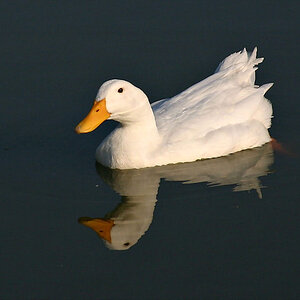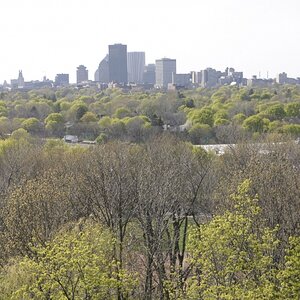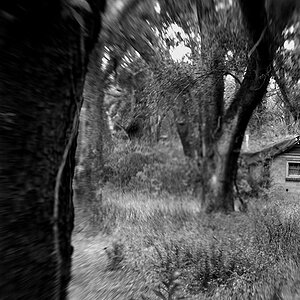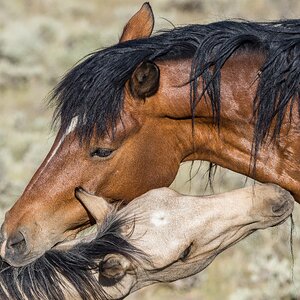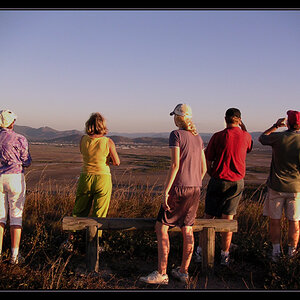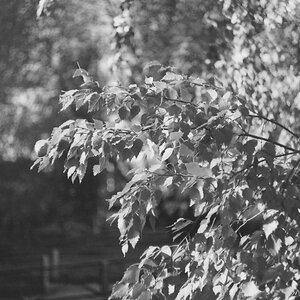BananaRepublic
No longer a newbie, moving up!
- Joined
- Jul 10, 2014
- Messages
- 1,319
- Reaction score
- 161
- Location
- Eire
- Can others edit my Photos
- Photos OK to edit
This may be slightly off topic but does anybody here run drones for agriculture using NIR cameras, near infra red, and so on. Ive recently being investigating the topic with a view to starting something. Id like to hear about the starting costs, pitfalls, the clients, for example are they old, young, were the already educated about precision farming.
I Know most of you are in the US and Canada but were Im from Ireland, farmers are nowhere near as professional as the could be and they will pay for nothing even though I would save them overall.
Id also like to hear from anyone who does surveys be it for archaeology, pollution monitoring etc to get a feel for what equipment should I be looking at, lidar for example r even the peoples experiences with drones.
I Know most of you are in the US and Canada but were Im from Ireland, farmers are nowhere near as professional as the could be and they will pay for nothing even though I would save them overall.
Id also like to hear from anyone who does surveys be it for archaeology, pollution monitoring etc to get a feel for what equipment should I be looking at, lidar for example r even the peoples experiences with drones.


 New Jersey Farm
New Jersey Farm